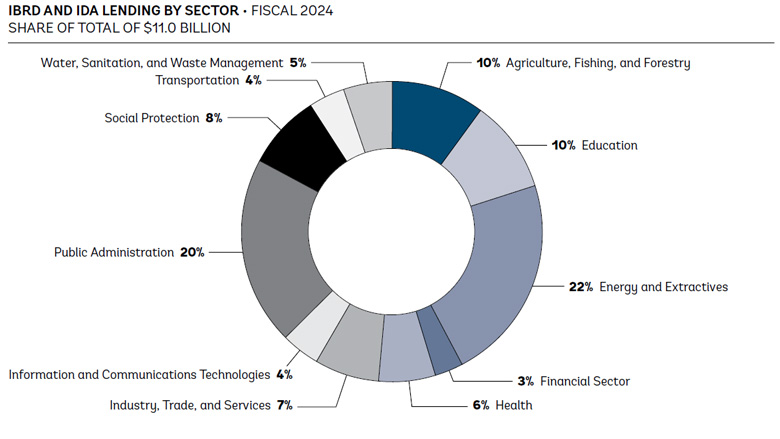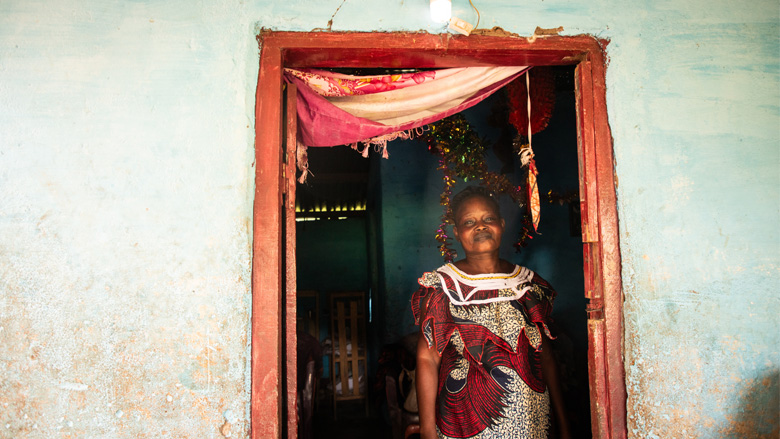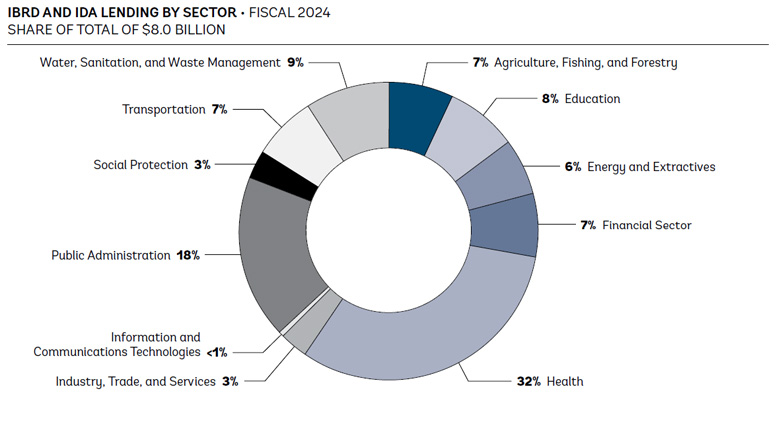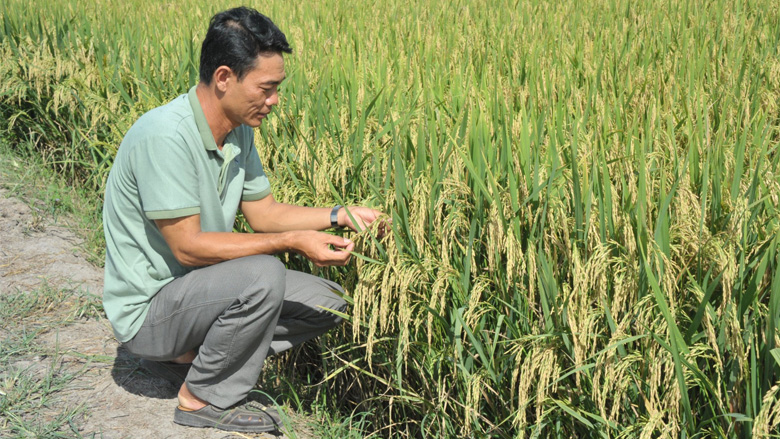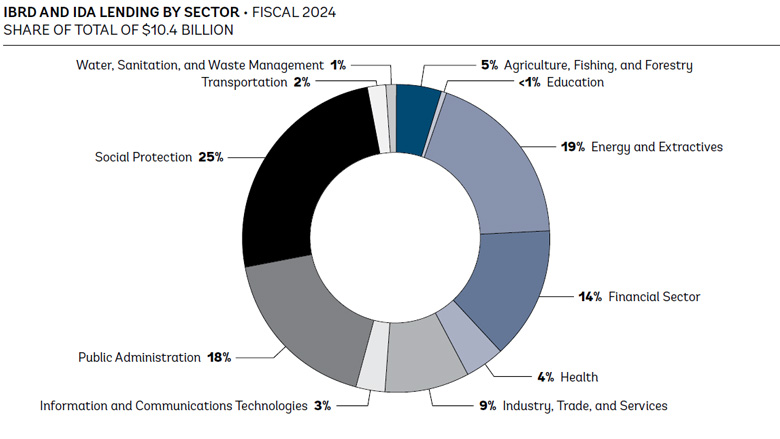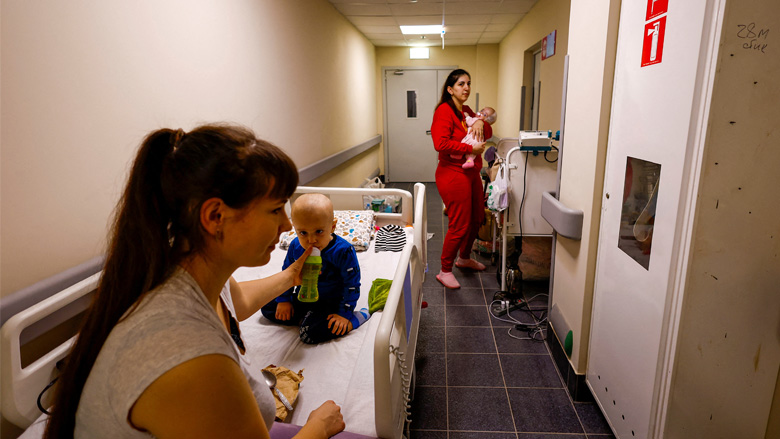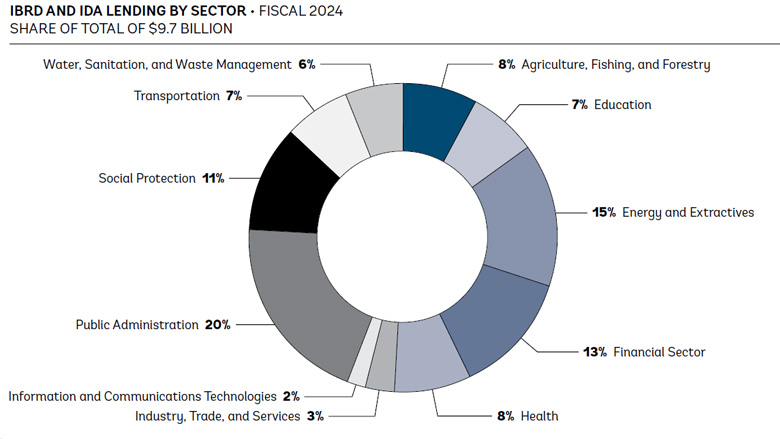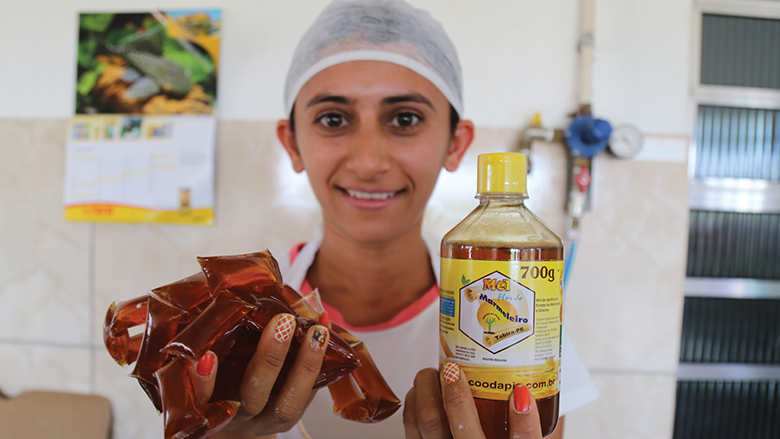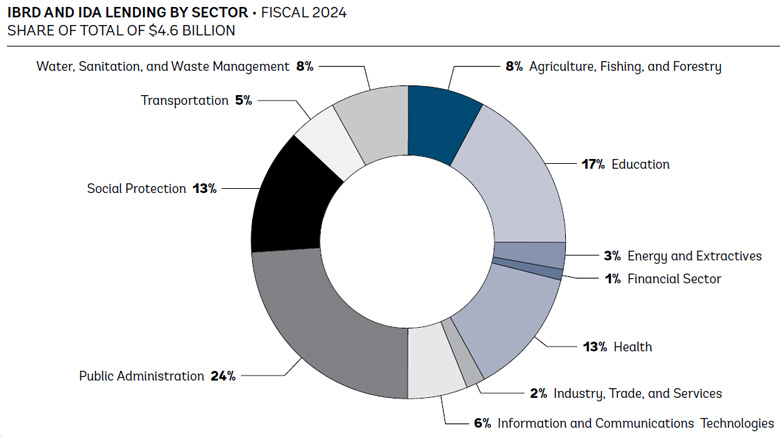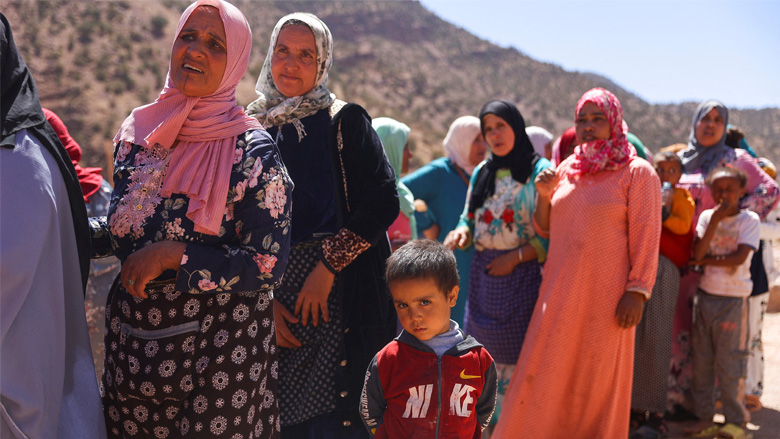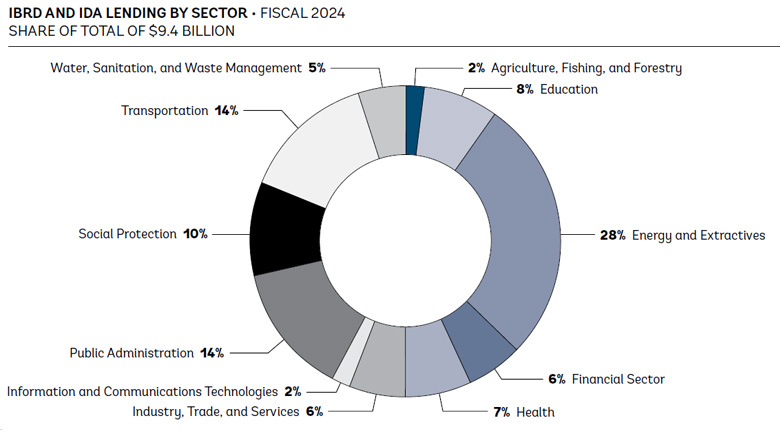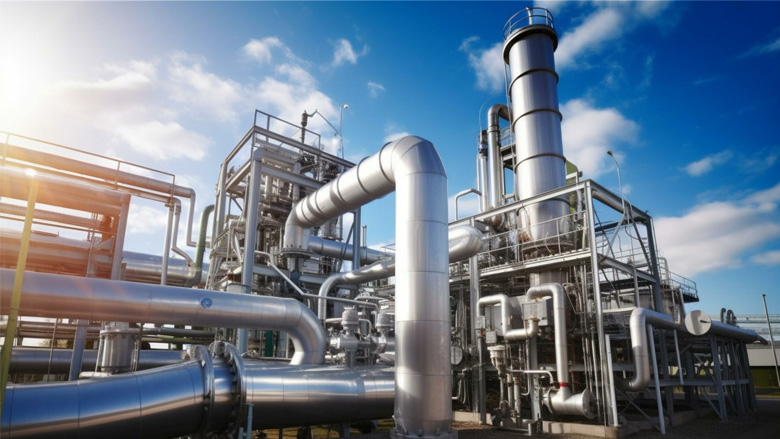At-A-Glance
Across Eastern and Southern Africa, we aim to improve access to quality education, health, water, and sanitation facilities; sustainable and clean energy; efficient government services; and digital connectivity. In fiscal 2024, the World Bank approved $15.6 billion for 96 operations in the region, including $2.9 billion in IBRD commitments and $12.7 billion in IDA commitments. We also leveraged data and analytics to help countries in the region reach their development potential.
Regional Commitments and Disbursements for Fiscal 2022–24
| COMMITMENTS ($ MILLIONS) | DISBURSEMENTS ($ MILLIONS) | |||||
FY22 | FY23 | FY24 | FY22 | FY23 | FY24 | |
| IBRD | 2,907 | 2,364 | 2,914 | 2,441 | 1,690 | 3,126 |
| IDA | 15,266 | 14,368 | 12,735 | 7,133 | 10,417 | 10,696 |
| Portfolio of operations under implementation as of June 30, 2024: $78.8 billion. | ||||||
Improving education and health services. In fiscal 2024 we approved the East Africa Girls’ Empowerment and Resilience Program to support more than 2 million girls to stay in or return to school and enable 160,000 women to increase their productivity in the labor market in Mozambique and Madagascar. The program is expected to reach more than 6 million people—including traditional leaders, parents, and boys—through behavioral change and will enhance the capacity of 26,000 local administrators, community leaders, and service providers to implement gender equality reforms.
In the Democratic Republic of Congo, we are increasing access to education, particularly for girls, and improving teaching-learning conditions at secondary schools in selected provinces. This includes creating safe and inclusive school environments, strengthening curriculum and educational materials, as well as equipping girls and boys with digital skills. In Tanzania, our results-based financing education program led to 1.6 million students enrolling in preprimary and primary schools.
To improve school attendance in Ethiopia, we are equipping more than 5,000 schools with essential water, sanitation, and hygiene (WASH) facilities and 223 dedicated menstrual hygiene management rooms. In Malawi, we are improving WASH infrastructure in schools to benefit more than 25,000 students through the Lilongwe Water and Sanitation Project. The project has also provided water supply upgrades for more than 370,000 people as of March 2024.
Enabling the energy transition. Our Accelerating Sustainable and Clean Energy Access Transformation Program aims to increase access to sustainable and clean energy across the region by 2030. The program will benefit 100 million people by expanding access to grid and off-grid electricity in a region where only 48 percent of the overall population—and just 26 percent in rural areas—has access to electricity. We also published Country Climate and Development Reports with recommendations to accelerate the energy transition for Ethiopia, Mozambique, and Zimbabwe.
To protect nearly 2 million people from water-related climate shocks, including flooding, we approved the second phase of the Regional Climate Resilience Program for Eastern and Southern Africa, which aims to strengthen infrastructure, disaster-risk management, and social protection systems in Malawi and the region.
Expanding market size. Leveraging regional initiatives such as the African Continental Free Trade Area (AfCFTA), we help fast-track domestic reforms to attract and retain sustainable investment. Our project in Rwanda, the first in a series, supported alignment of the country’s legislation with the AfCFTA Investment Protocol and has formalized its existing dispute-prevention mechanism with a focus on green issues to be fast-tracked. In Zambia, we supported the development of a model international investment agreement aligned with the Protocol.
Strengthening critical soft infrastructure. In partnership with the African Development Bank, the IMF, and the UN, we strengthened the staffing and institutional capacity of Somalia’s government ministries and central agencies, enabling the country to save $4.5 billion in debt servicing and reach the Heavily Indebted Poor Countries Initiative Completion Point in December 2023.
Closing the digital divide. Through the Eastern Africa Regional Digital Integration Project series, we are increasing affordable access to regional broadband connectivity, strengthening the enabling environment and policy convergence for cross-border digital trade and data flows, and promoting digital skills development.
Further Information: Eastern and Southern Africa Homepage >
| Country Impact |
|---|
Malawi: We have enabled 4.3 million people to access affordable, high-quality internet services. Tanzania: As a partner to Tanzania’s judiciary, we financed the construction of 18 subordinate courts, extending judiciary services to more than 13 million citizens. Uganda: After bringing electricity to 8.8 million people, we are expanding access to a further 5.7 million people, including 500,000 refugees. |
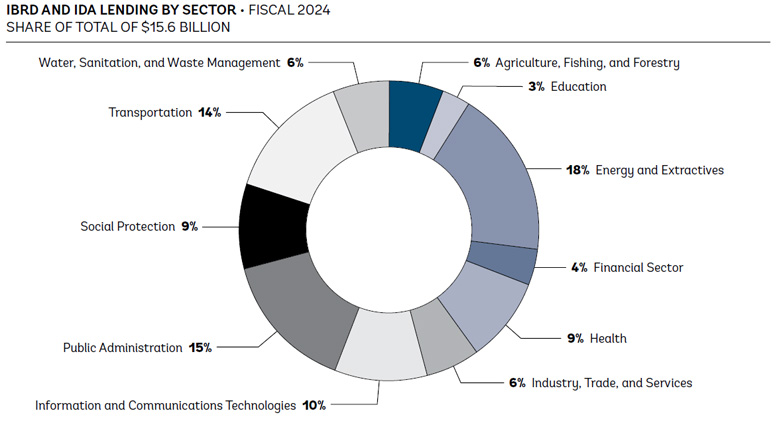
Regional Snapshot
| INDICATOR | 2000 | 2012 | CURRENT DATAa |
| Total population (millions) | 401.6 | 552.5 | 739.1 |
| Population growth (annual %) | 2.6 | 2.7 | 2.5 |
| GNI per capita (Atlas method, current US$) | 664.0 | 1,653.7 | 1,601.6 |
| GDP per capita growth (annual %) | 0.6 | (1.0) | 0.1 |
| Population living below $2.15 a day (millions) | 226.3 | 233.4 | 277.9 |
| Life expectancy at birth, females (years) | 53.7 | 62.1 | 65.5 |
| Life expectancy at birth, males (years) | 50.2 | 57.9 | 60.4 |
| Carbon dioxide emissions (megatons) | 358.0 | 546.8 | 545.0 |
| Extreme poverty (% of population below $2.15 a day, 2017 PPP) | 56.4 | 42.2 | 42.8 |
| Debt service as a proportion of exports of goods, services, and primary incomeb | 11.9 | 6.2 | 15.8 |
| Ratio of female to male labor force participation rate (%) (modeled ILO estimate) | 85.2 | 85.6 | 87.1 |
| Vulnerable employment, total (% of total employment) (modeled ILO estimate) | 73.8 | 73.5 | 72.5 |
| Under-5 mortality rate per 1,000 live births | 137.7 | 78.1 | 55.3 |
| Primary completion rate (% of relevant age group) | 49.4 | 67.9 | 72.3 |
| Individuals using the internet (% of population) | 0.8 | 8.5 | 27.7 |
| Access to electricity (% of population) | 20.0 | 31.7 | 48.7 |
| Renewable energy consumption (% of total final energy consumption) | 65.5 | 61.7 | 66.1 |
| People using at least basic drinking water services (% of population) | 41.8 | 51.1 | 59.1 |
| People using at least basic sanitation services (% of population) | 22.4 | 27.6 | 31.8 |
Note: ILO = International Labour Organization; PPP = purchasing power parity. a. The most current data available between 2018 and 2023; visit https://data.worldbank.org for data updates. b. Data for Sub-Saharan Africa. | |||
SPOTLIGHT: Expanding access to electricity across Rwanda
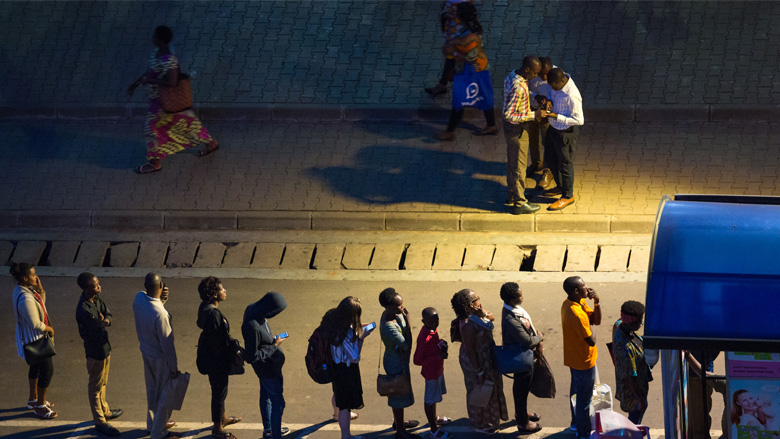
Rwanda, which has expanded electricity access from 6 percent in 2009 to more than 75 percent as of March 2024, is leading the way. One hundred percent of its health centers and administrative facilities and 84 percent of its schools now have electricity.
The Government of Rwanda laid the foundation for this remarkable progress in 2008, when it engrained electrification targets in its national strategies and set up the Electricity Access Rollout Program to implement cost-effective strategies.
The World Bank accelerated progress by initiating $475 million in Development Policy Operation loans, with Rwanda implementing comprehensive energy sector policies that focused on sustainable electricity expansion and fiscal responsibility, including tariff reforms, geo-spatial planning, measures for affordability, and strategies for off-grid electrification. As a result, Rwanda has maintained electricity sector subsidies below 1.4 percent of GDP while aggressively expanding electrification.
